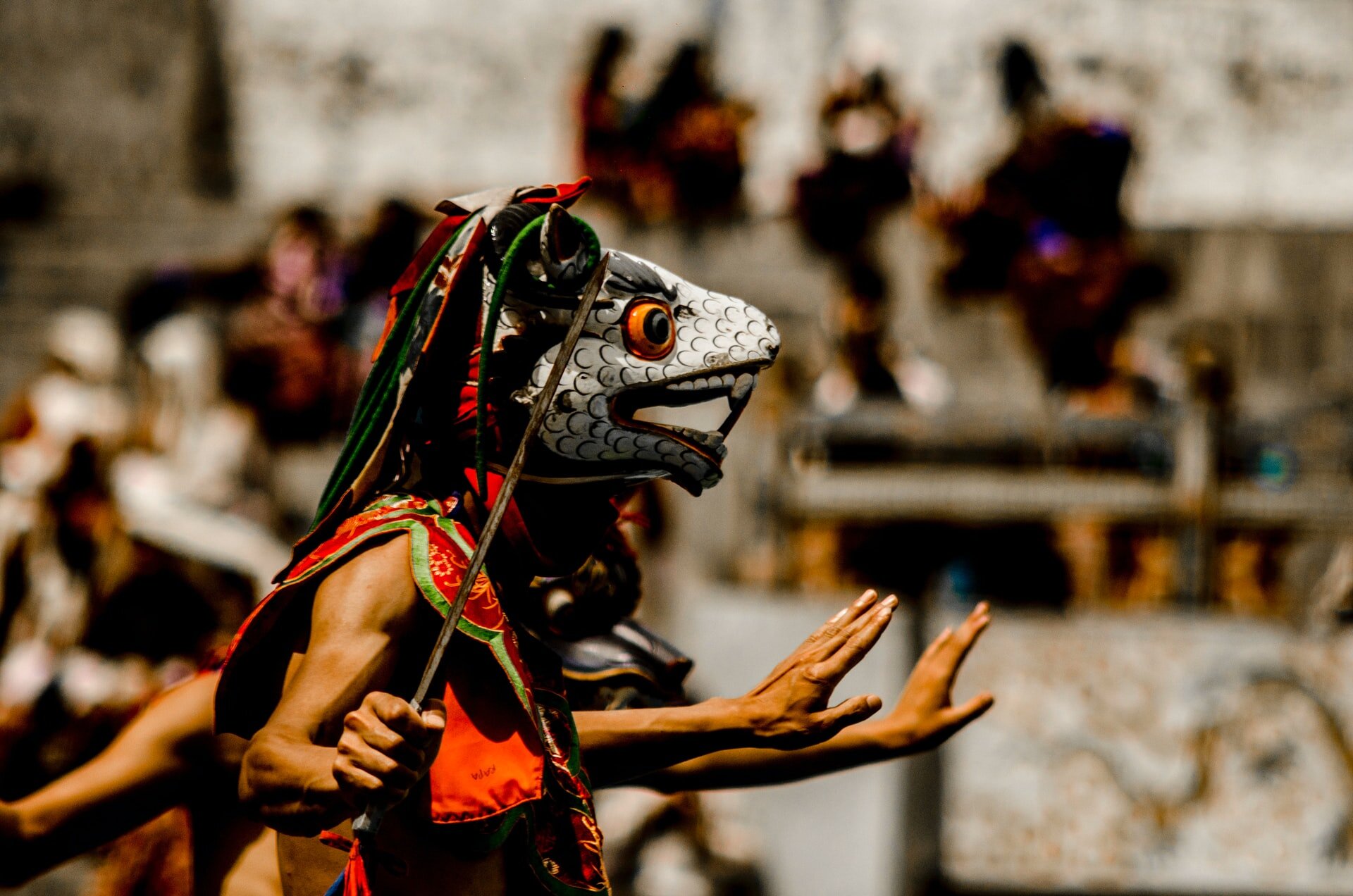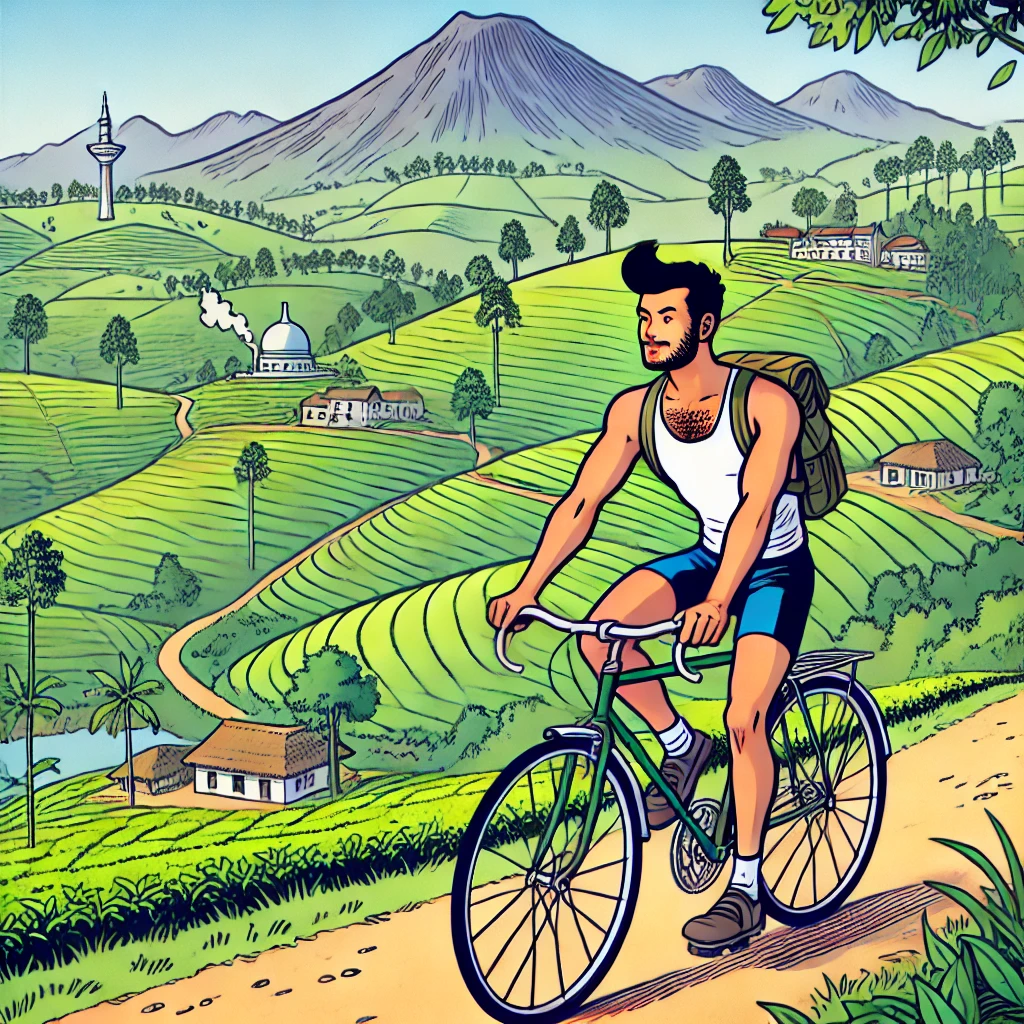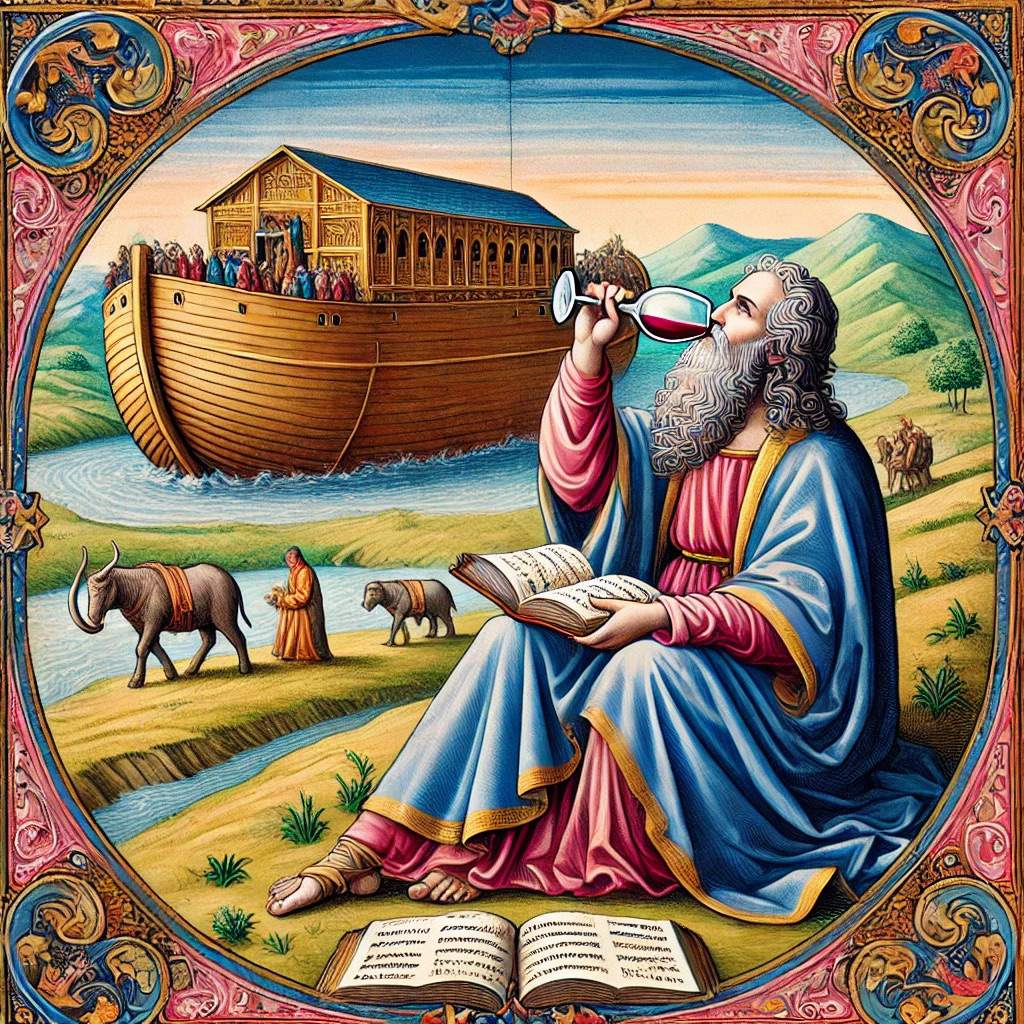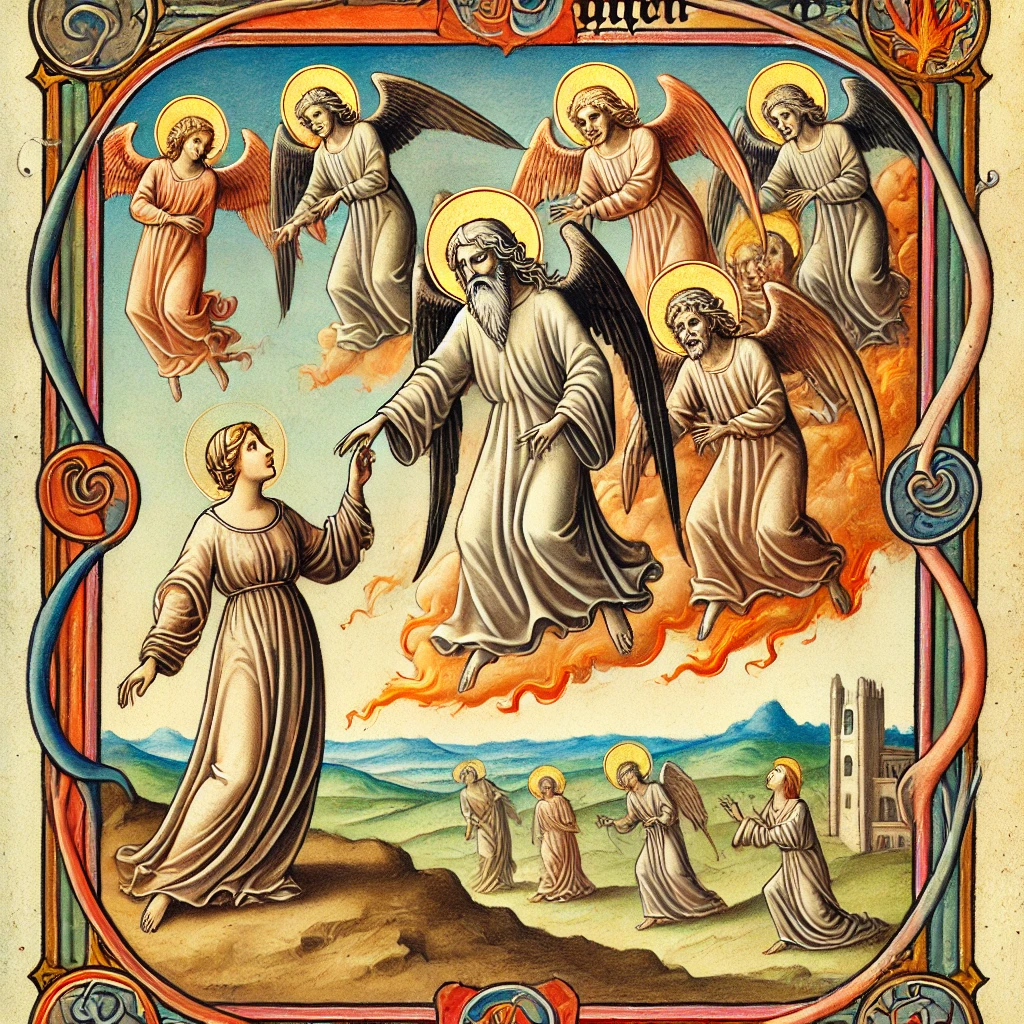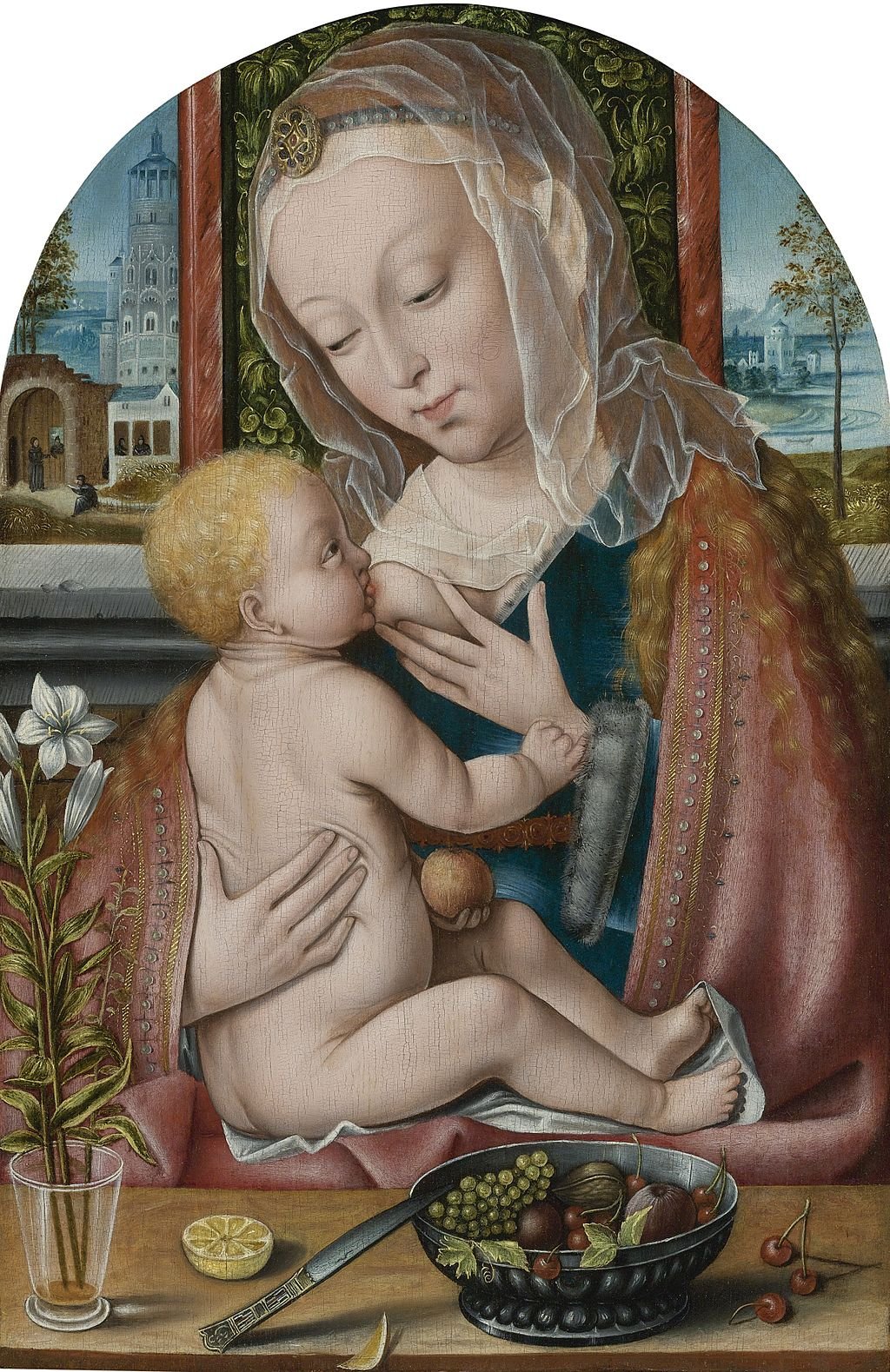The lemurs of Madagascar, the prayer flags of Nepal, the rock faces of South Korea, the azure waters of Slovenia and the mountainside fortresses of Bhutan: These are the best-kept secret destinations for trekking and other outdoor activities.
The Temple of Guru Padmasambhava is just one of the many delights found in Bhutan, one of the lesser known (albeit a bit tricky to visit) adventure travel destinations.
Choosing a destination for your next adventure can feel downright overwhelming. Trekking in Greenland? Bouldering in Utah? Paddling the Caribbean? Throwing a dart at a map and hoping it lands somewhere cool?
When the entire globe is your playground, it can be tough to choose. Hey, nothing like a list of suggestions to get the wheels turning, right?
“Madagascar is an adventure travel destination that rivals the Galapagos in the “did I just step into a Dr. Seuss book?” factor. ”
Here are five of the world’s most underrated adventure travel destinations, all with their own unique appeal. Maybe that means the bucket list just got five lines longer. Better get planning!
Baobab trees in Madagascar definitely up the Dr. Seuss factor.
1. Madagascar
This far-flung island off the eastern coast of Africa isn’t just dancing lemurs — it’s an adventure travel destination that rivals the Galapagos in the “did I just step into a Dr. Seuss book?” factor. For lovers of nature, this island boasts biodiversity in spades, with chameleons, primates, frogs and sealife calling it home. For adventurers, its lack of cars means every step becomes part of an exploratory trek.
Many spots on Madagascar are home to lemurs.
Between Madagascar’s Mantadia and Ranomafana National Parks, visitors will find miles and miles of hiking trails seemingly from another planet. After exploring inland, adventurers can migrate to the coast to unwind at pristine stretches of beach, like the impossibly turquoise Nosy Be island, which doubles as a lemur habitat.
Prayer flags are found throughout Nepal. They’re said to carry prayers and mantras on the wind.
2. Nepal
Perched atop the spine of the planet, Nepal might not seem “underrated” at all. Here’s the thing: With big names like Everest within its borders, it’s certainly one of the ultimate adventure destinations of the world.
The base camp at Everest, the highest mountain on the planet, is a colorful spot to kick off a trek.
However, it’s a country that can feel entirely too challenging or out of reach for many travellers. When its main attraction is the tallest mountain on Earth, Nepal can be a bit intimidating to the masses. But you can, and should, visit even if you’re not planning on setting foot in a base camp. There’s something about trekking in Nepal, prayers flag fluttering overhead, rhododendrons blooming, towering peaks in the foreground… It’s magical. Don’t keep putting it off until you’re better, older, wiser, whatever.
Paro Taktsang, a Buddhist monastery in Bhutan, clings to the cliffside.
3. Bhutan
As much as the idea of isolation has taken on an entirely new meaning in the recent past (curse you, COVID!), Bhutan exemplifies one of the most fascinating applications of isolation in the tourism world. Having only just allowed television into the country in 1999 and still prohibiting the sale of goods like tobacco, Bhutan has opened to the ideas of the rest of the world on its own schedule. This includes tourism.
The masked dances of Bhutan take place annually. Try to catch one — it’s said to purify the soul and bring good luck.
Even getting into Bhutan feels a bit like jumping through hoops. You’ll need to be invited by a citizen of the country (unless you hold a passport from India, Bangladesh or the Maldives), or be a guest of the government. You’ll be required to pay a set daily fee to see the country, and the geographical isolation of the nation makes flights costly and complicated.
However, if you manage to wrangle a visit, you’ll be rewarded with some of the most exceptional, unspoiled scenery the world has to offer, as well as a rich culture developed without interruption from the outside world. From 7,000-meter summits to lush green valleys, the natural landscape is simply unreal. Of course, the dzongs (fortresses) perched atop impossibly steep cliffs are one of the gems of Bhutan. The chance to explore this unknown destination is a rare treat and undoubtedly worth the effort.
Cycling and great food come together for wellness travels in South Korea.
4. South Korea
This small country (slightly larger than the U.S. state of Indiana) is an absolute goldmine when it comes to outdoor adventure. And South Korea’s relative lack of “hype” in the adventure travel world is a blessing in disguise.
Rock climbers will find numerous sites for adventure in South Korea.
While others flock to Iceland and the Rockies, you can discover South Korea’s expansive hiking trails and climbing-ready rocky cliffs in peace. There are 20 mountains a stone’s throw from Seoul, making outdoor adventure an easy outing once you’re done eating your way through the capital (which you definitely should). Rock climbers will find more places than they could hope to cover in one trip, and many of these locations are so beautiful that the locals believe spirits call them home.
Because of a robust road system, South Korea is a must for cyclists looking to put in miles somewhere new, and the snowy slopes near Pyeongchang are perfect off-the-beaten-path destinations for snow sports enthusiasts. No shortage of adventure to be had here!
A small isle in Lake Bled in Slovenia is home to the Pilgrimage Church of the Assumption of Mary.
5. Slovenia
Slovenia typically isn’t considered one of Europe’s many top-notch travel destinations. But as incredible as Italy and Spain will always be, Slovenia is truly one of the most underrated adventure travel destinations in the world.
The gorgeous Soca River in Slovenia is a great spot for kayaking, rafting and other water sports.
It’s a teeny country, but it offers the Slovenian Alps, the bright blue Soca River, hidden beaches on seaside stretches and beautiful Lake Bled. Whether you’re looking to kayak, swim, hike, go canyoneering or just savor a fantastic view, Slovenia delivers. Plus, you’re not going to be battling crowds or dodging selfie sticks while you explore.
Apologies in advance for the wanderlust. Which of these underrated adventure travel destinations will you be visiting first? –Lukas Saville







